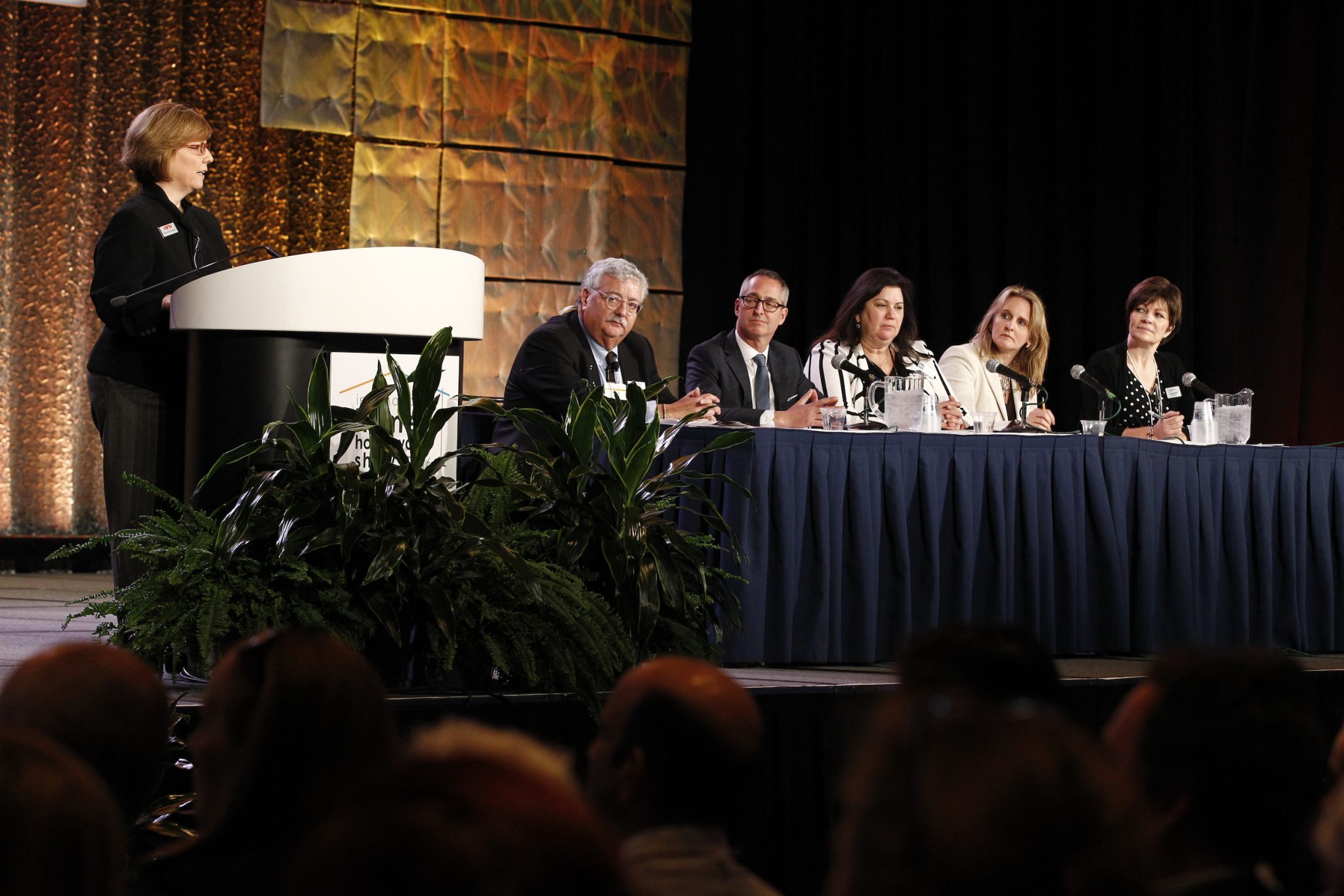There’s no question Millennials are making their presence known in the marketplace. New research from HFN on how Millennials make themselves at home was shared today at the 2016 International Home + Housewares Show; the presentation was followed by a panel discussion on what it all means and why business will never be the same again.
HFN chief brand officer Maureen Azzato opened the session, “How Millennials Make Themselves at Home,” with key findings from HFN’s “2016 The Housewares Consumer Speaks” report.
“There are now more Millennials than Baby Boomers in the home and housewares market, and their buying intentions are strong,” said Azzato. As a whole, “they love to entertain, eat out less, crave unique experiences and authenticity, are environmentally aware and socially conscious. Health and wellness is integral to their lives.”
Among the specific findings were:
- 70 percent of Millennials prefer lifestyle furniture stores to traditional ones.
- They are unafraid to combine decorating styles, with rustic contemporary being a favorite.
- 33 percent plan to buy a blender in 2016 (more than twice the amount of Gen Xers or Baby Boomers).
- One-pot cooking is extremely popular, with slow cookers being a favorite solution.
- A majority of Millennials reported vacuuming every day.
- When it comes to glassware, design is the most important feature…with contemporary looks the most popular.
- In cookware, durability is the most important feature, and Millennials appear more willing to spend more in this category.
Following the presentation, HFN editorial director Warren Shoulberg led a panel discussion on what this all means for housewares manufacturers and retailers. Panelists included retailers Kecia T. Hielscher, vice president/EMM, Nordstromrack.com/HauteLook and KC Lapiana, owner of In the Kitchen and president of HTT Buying Group; and manufacturers Jeffrey Kruskall, vice president business development, Meyer Corp., and Julie Owens, director of marketing, Blendtec.
Millennials have “raised the bar for manufacturers and for retailers as well. It’s important that we all listen to and learn from them,” said Kruskall. “This consumer group’s biggest concern is that they want to be heard. At the same time, it’s not ‘one size fits all’ within this age group.”
In general terms, panelists agreed Millennials like to do their own research, which has affected their marketing and merchandising. Both packaging and online copy needs to be bite-sized or bulleted, simple, and in priority order.
“Because they’re already so well-educated, we’ve found that when they come into the store, it’s beneficial for our sales associates to step back a little,” said Lapiana. “If vendors can provide us with video or other elements (Millennial shoppers) can interact with themselves on the sales floor, that’s helpful. They don’t like to be talked to unless they’re ready to be talked to.”
“Millennials trust their parents, they trust bloggers, and they trust online reviews,” added Owens, not necessarily salespeople.
“Brand for us is key,” said Hielscher. “Brands incite credibility. That being said, if we find a product that doesn’t have a strong brand but hits our other criteria, we can build a story around it.” With Millennials in mind, her team evaluates products for function, tech-savviness, trendiness, customizability, and quality.
The panel also agreed that social media and a strong online presence is important, though there may not be any single golden platform or approach.
A lot of people still ask Owens about Blendtec’s wildly popular “Will It Blend?” viral campaign. “There’s no secret sauce for digital strategy,” explained Owens. “What happened is we shared a story. And then someone shared that story and someone else liked that story and passed it on. While you can’t always have that magical strategy, you can always tell a compelling story.”
Those stories can help cut through the clutter. “(Millennials) think quickly – they want it yesterday – and they’re multi-taskers,” said Kruskall. “They could be watching ‘House of Cards’ and researching cookware on their phone at the same time.”
As far as the push and pull between online sites and bricks and mortar stores, the panel had different experiences with Millennials’ preferences. “It appears that with higher priced items, the more likely they are to come in and try it out in-store,” said Owens.
“We’ve found Millennials prefer to come into bricks and mortar stores,” said Lapiana. “They still want an experience. They like to be engaged.” Yet Hielscher shared that 50 percent of her (multi-channel) company’s sales during the recent holiday shopping season were from purchases made on mobile devices.
At the end of the day, Millennials are “completely comfortable with who they are,” said Owens. “And I think that’s one of the coolest things about them.”
An audio recording of the program will be posted on IHA’s website athttp://www.housewares.org/education/presentations-webinars. For more information about the International Home + Housewares Show, visit www.housewares.org



